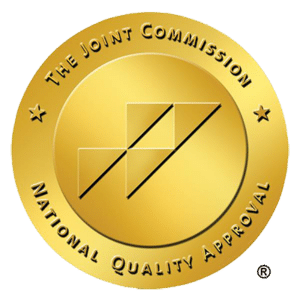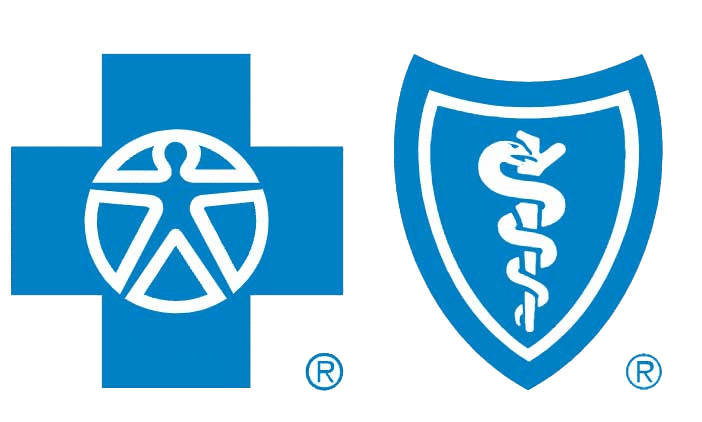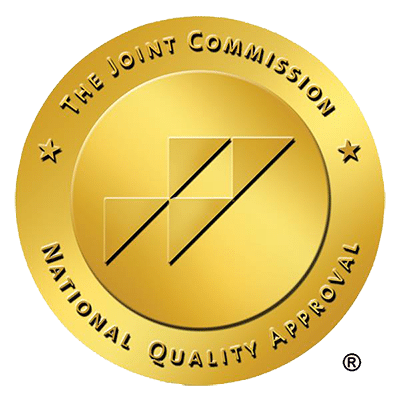In the wake of COVID-19, a different epidemic has been ravaging the United States. The opioid crisis has claimed far too many lives and destroyed countless families over the past few years. A major contributing factor is the increased prevalence of fentanyl, a powerful opioid typically prescribed as a form of pain medication. The CDC estimated that in 2021 alone, more than 107,000 people died as a result of drug overdose in the United States. However, this statistic does not begin to measure the full impact of the American opioid epidemic.
The crisis has captured the attention of lawmakers, some of whom are debating whether to classify fentanyl as a weapon of terrorism. While there are possible benefits, some detractors are concerned about the drawbacks. A closer look at the pros and cons can help shed light on the implications.
Understanding the Approaches
Virginia was the first state to introduce this type of bill, and the Senate and House of Delegates passed it. The bill targets individuals who intentionally manufacture or distribute substances with any identifiable amount of fentanyl. Anyone who fits this description is guilty of a Class 4 felony, resulting in a maximum fine of $100,000 and a two- to 10-year prison sentence.
As the Virginia bill gets more public attention, lawmakers in other states are considering classifying fentanyl as a weapon of terror or similar. Officials in Colorado and Florida, where fentanyl-related overdose deaths have spiked, have advocated for strict new measures. U.S. Senator Marco Rubio of Florida and former Colorado House Speaker Alec Garnett have openly supported these ideas and outlined the many benefits. Meanwhile, 18 state attorneys general have asked President Biden to label fentanyl as a weapon of mass destruction.
Lawmakers and citizens alike have questions about the implications of such measures, though. Here’s more information about the possible pros and cons.
Pros of Classifying Fentanyl as a Weapon of Terrorism
Supporters say that such ideas communicate the severity of the opioid crisis to the U.S. Drug Enforcement Administration. By imposing penalties on individuals who manufacture or supply fentanyl, lawmakers put themselves in a more proactive position to crack down on the opioid epidemic. This could be a silver lining for people touched by the crisis in any way, whether someone close to them is struggling with addiction or they’ve lost someone to a drug overdose.
This approach could have advantages that reach beyond U.S. borders as well. For example, some lawmakers believe it would require the Department of Homeland Security and the Drug Enforcement Agency to work with the Department of Defense. This would enable officials to take steps to prevent illicitly manufactured fentanyl from entering the United States. By halting the transportation of this drug before it crosses U.S. borders, these bills can significantly limit the number of Americans who gain access to the drugs.
Those in favor of classifying fentanyl as a weapon of terrorism or something similar have made it clear that the goal is not to punish fentanyl users. Instead, lawmakers aim to target those who knowingly manufacture or supply the drug. This important distinction can help ensure that those struggling with addiction aren’t needlessly criminalized.
While it’s important to keep these benefits in mind, the cons are crucial, too. For a more complete picture, here are some of the drawbacks to take into consideration.
Cons of Classifying Fentanyl as a Weapon of Terrorism
One of the most common criticisms is that various measures could be counterproductive in fighting the opioid crisis. Some even claim they might end up exacerbating the very problem these approaches are trying to solve. Critics worry that bills could detract from resources that have much more promise in helping those who struggle with addiction. Instead, they say, more funding should go toward conducting better scientific research, providing accessible naloxone and offering access to universal healthcare.
Other detractors point out that placing such strict measures on drug dealers is part of what has been driving the drug abuse problem in the first place. They believe that U.S. legal policies against criminals have historically fed the addiction crisis throughout the country.
Similarly, critics are quick to remind supporters that the United States has already taken measures to limit the distribution of illicit substances. With so much money already invested in policing drug dealers, critics claim that if there are any positive effects of this strategy, they would have manifested themselves already. Those who are opposed to these measures believe it would be far more productive to focus on helping people who are living with addiction rather than attacking those who are contributing to the issue.
Long-Term Effectiveness
The purpose of such legislative approaches is to minimize the destruction that the opioid crisis has caused. The primary concern of both parties should be whether these measures will ultimately be effective in the long run.
According to a team of attorney generals, calling fentanyl a weapon of terror is long overdue. Until recently, the opioid crisis has only been labeled as a narcotics control issue. Based on the staggering number of deaths as a result of fentanyl-related overdose, many supporters believe that the fentanyl crisis should be treated differently than a standard narcotics problem. If this were to happen, the opioid epidemic would certainly get more attention.
Making this decision can also foster a more proactive mindset in dealing with the opioid crisis. By putting stricter measures in place now rather than later, lawmakers are doing their part in deterring any illegal activity that can further exacerbate the opioid epidemic.
Fentanyl also carries some risk of a chemical weapons attack. U.S. Customs and Border Protection captured more than 11,000 pounds in 2021, and just one teaspoon of fentanyl is capable of killing more than 220,000 people. The concern for public safety on the part of lawmakers is understandable.
However, to avoid the risk of further criminalizing opioid users, it’s imperative to ensure that officials invest in the right resources to help those struggling with addiction. Having these resources in place can provide victims with the support they need while combating the risks of terrorism.
Taking the First Step Forward
When thinking about the long-term effects of classifying fentanyl as a weapon of terrorism, it’s important to take both the pros and cons into account. This possible classification carries certain risks that can’t be ignored. Ultimately, lawmakers should carefully consider what is best for the victims of drug addiction as they are at the forefront of the fentanyl crisis.
These measures are just one step in the battle against the opioid epidemic. Ensuring that individuals struggling with addiction have access to the resources they need is crucial. If someone close to you is suffering from opioid addiction, help is available.
The highly trained addiction specialists at Topsail are equipped to provide your loved ones with the help and support they need to make a full recovery. No matter where someone is on their addiction journey, we’re prepared to meet them where they are and empower them to live a happy, healthy and addiction-free life.
Related Posts

Critical Signs of Meth Addiction: Symptoms & Support Options
Wondering what are the warning signs of meth addiction? Early detection can be lifesaving. From drastic behavioral swings to ‘meth mouth,’ these symptoms are alarming

Essential Guide on How to Help Someone with Meth Addiction
If you’re seeking to understand how to help someone with meth addiction, this article is your immediate support guide. Encountering meth addiction within someone you

Recognizing the Warning Signs of Marijuana Addiction
Knowing the signs of marijuana addiction is vital for recognizing a serious problem that often goes unnoticed. In this article, we address the real indicators

Decoding Opioid Addiction Statistics: A Harsh Reality Check
What do the numbers say about the opioid crisis? Diving into opioid addiction statistics offers a sobering reality check: a surge in usage and deaths

Effective Strategies on How to Prevent Opioid Addiction
The key to preventing opioid addiction starts with being informed. If you’re seeking concrete steps on how to prevent opioid addiction, this article is for

How to Help Someone with Cocaine Addiction Effectively
Wondering how to help someone with cocaine addiction? It can feel overwhelming, but your role is crucial. In this guide, you’ll find understandable and practical















